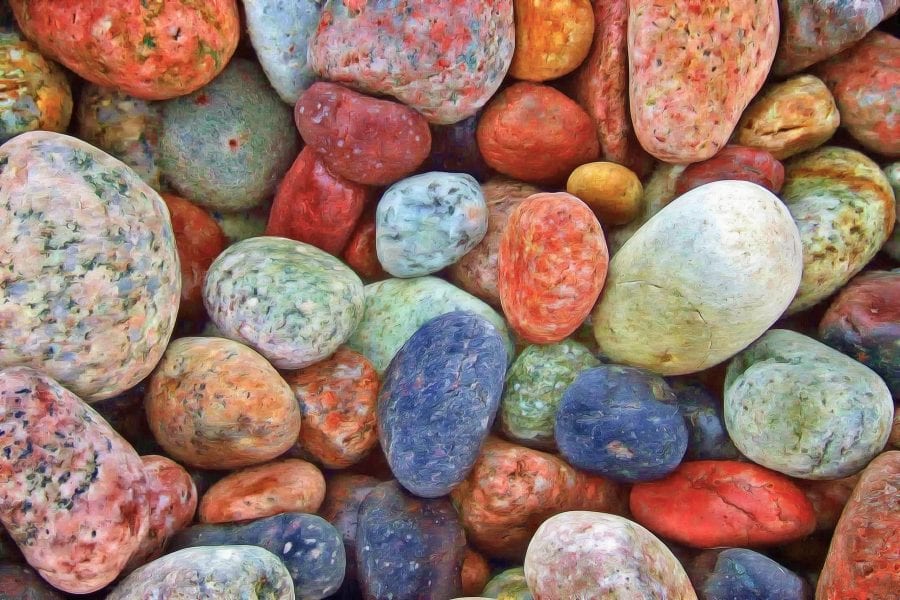The application of biomaterials in medical settings requires a clear understanding of the mechanism of interaction between the cells and the material. Mechanistic studies are best performed under high-throughput conditions. Because most material libraries are prepared on slides or as chips, the readout is limited to imaging and immunofluorescence-based methods.
Jan de Boer (Maastricht University, The Netherlands) and colleagues have created a new 96-well plate-based topography library compatible with standard biochemical assays. The so-called TopoWellPlate, published in Advanced Biosystems, consists of 87 selected bio-active surface topographies made from enhanced polystyrene films. The selected topographies were able to induce 11 distinct classes of cell morphology. As an example, bone marrow derived human mesenchymal stem cells were seeded in the TopoWellPlate. Metabolic activity could successfully be measured and revealed a 2.5 fold difference range in metabolic activity per cell. Thus, the plate is a valuable tool to derive the mechanisms of biomaterial-induced mechano-transduction.
TopoWellPlates of this kind can now be used to analyze a variety of different cells using the wealth of standardized molecular assays, such as RNA sequencing, qPCR, ELISA, mass spectrometry and biochemical methods. Further examples could include cell surface interactions with medical implants, mechanisms of osteogenesis, and interactions with immune cells or stem cell differentiation studies.

















